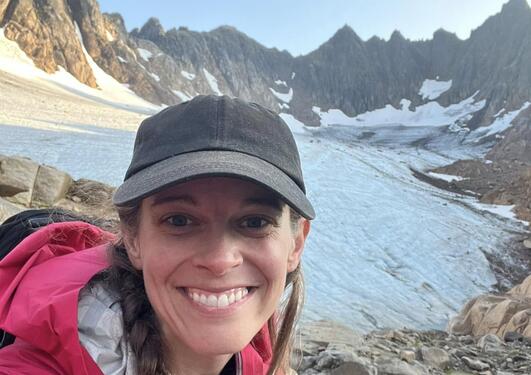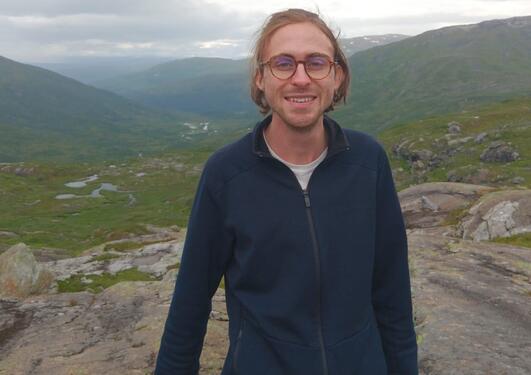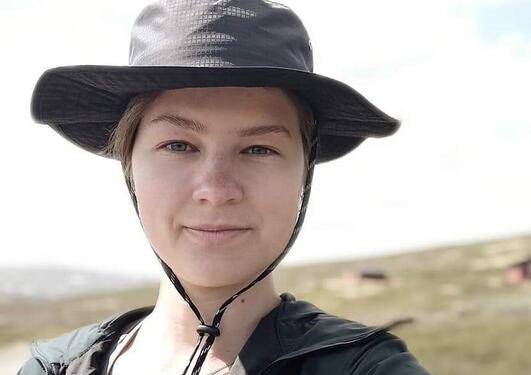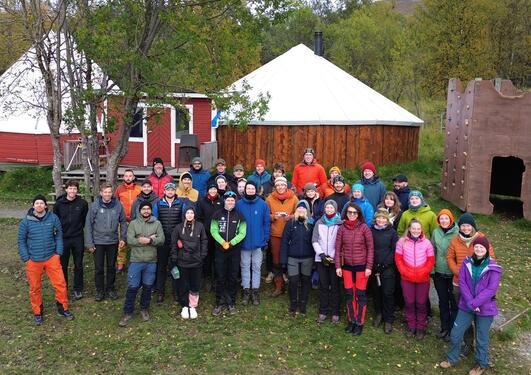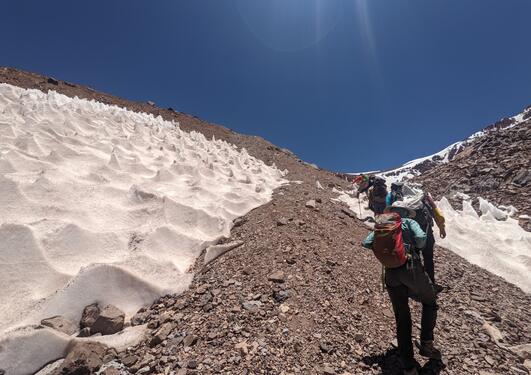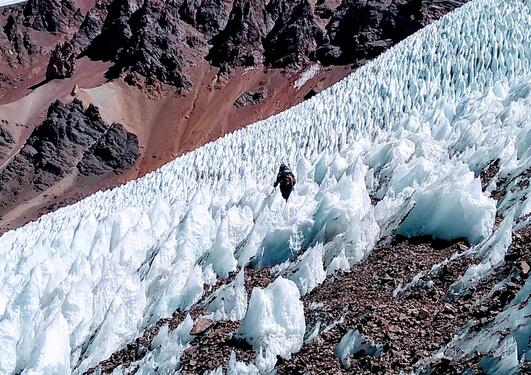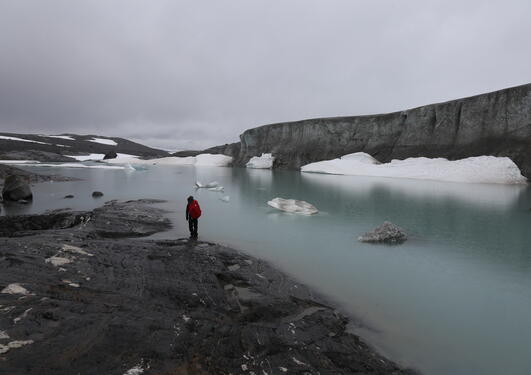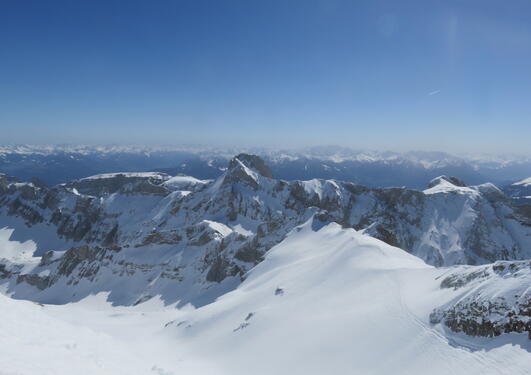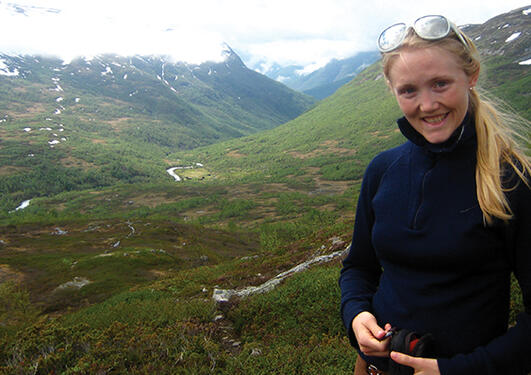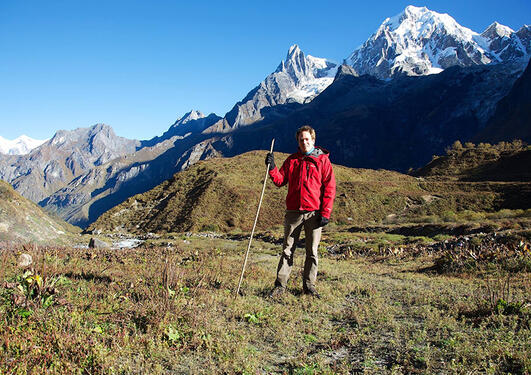News archive for Physical Geography
The aim of my master’s project is to study the glacier fluctuations of the cirque glacier Blåskavlen, located on the Lofoten archipelago in northern Norway.
In my master's project I study glacier and climate reconstruction during the Holocene with focus on the Little Ice Age in Bjellådalen, Austre Svartisen, northern Norway.
In my master's project I study modern glacier and climate fluctuations reflected as geodetic mass balance, calculated using UAV and historical aerial imagery at Fannaråkbreen, Jotunheimen.
University of Bergen Professors, international Ph.D. students, and UiB’s Master students Dive into Cryospheric Monitoring at an Elite Summer School in the Lyngen Alps.
Us, Isaac, Lina and Mara, are three physical geography master students that had a chance to participate in summer school this December, which took place in Chile.
La Serena is a city approximately the same size as Bergen, but since the city has only a few days of rain each year, the city relies on the melting of snow and ice in the summer to provide water resources. This means that the region is especially vulnerable to changes in future climate.
For my master project I reconstructed the last 11,500 years worth of glacier and climate changes at a glacier complex called Sulitjelmaisen in the subarctic, focusing on the largest glacier called Salajekna.
The University of Zurich is known as one of Europe’s leading universities for conducting researching within physical geography, especially related to glaciology of High Mountain Asia. I’ve been lucky enough to live the last three months in Zurich and work together with some of the researchers here.
Benjamin Aubrey Robson started working as a postdoctoral researcher at the Department of Geography in October. He will continue to research glaciers using remote sensing analyses, but will also focus on rock glaciers, degradation of permafrost, and how changes in the cryosphere are influencing water resources.
In today’s economic and power consuming state, hydropower can be regarded as the most critical and beneficial renewable resource in Norway. The main goal of my project is to visualize past temporal snowlines on the west coast mountain regions in Norway during varying future climate scenarios and to study how this will affect the production of hydropower.
The glaciers of the Himalayan mountains are some of the most undersampled in the world owing to their remoteness, harsh conditions, and in some areas political situations.
- November 2024 (1)
- October 2023 (2)
- September 2023 (1)
- December 2022 (1)
- March 2019 (1)
- November 2018 (1)
- May 2018 (1)
- November 2017 (1)
- April 2014 (1)
- October 2013 (1)
